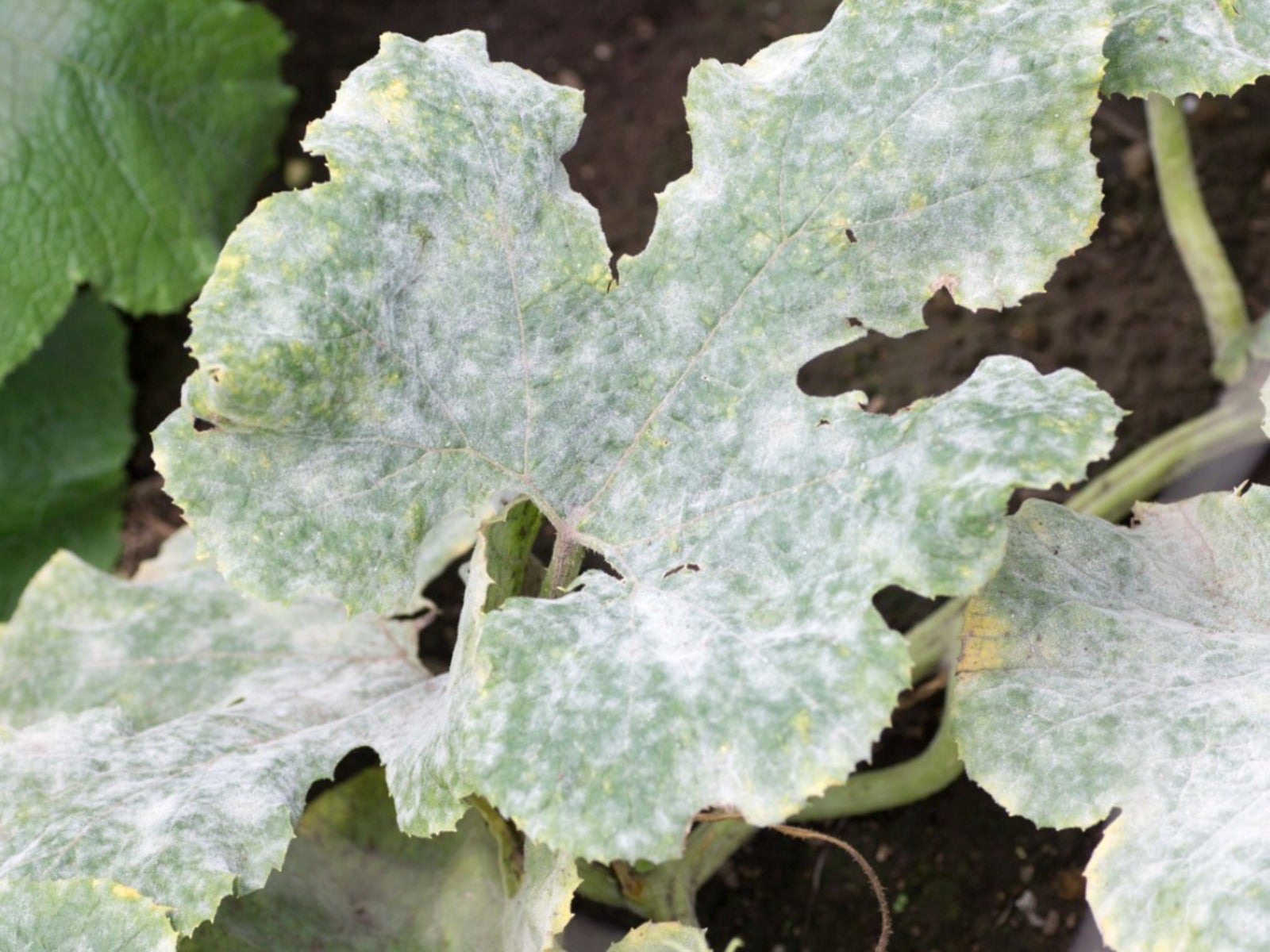Powdery Mildew: Homemade And Organic Remedies


Powdery mildew is a common problem in areas that have high humidity. It can affect almost any type of plant; appearing on leaves, flowers, fruits, and vegetables. A white or gray powder coats the surface of the plant. If left untreated, it can turn more severe, causing leaves to turn yellow or brown. Many people look to a homemade cure for powdery mildew before turning to fungicides. However, finding a powdery mildew homemade preventer is preferable.
Prevention of Powdery Mildew
The best way to take care of powdery mildew is by prevention. Be sure to start with healthy plants. One powdery mildew homemade prevention tactic is to simply prune back any dead plant material during the normal pruning time. Do not plant things too close together in order to allow ample air circulation around the plants. It is important to not plant in damp, shady areas, as that is a prime location for powdery mildew. Another powdery mildew homemade prevention tactic is to avoid using the sprinklers in the evening, so the water doesn't stand on the leaves too long. The water itself doesn't cause more mildew, but it allows it to be transported to the other leaves on the plant easier.
Organic Removal of Powdery Mildew
When prevention fails, it is a good idea to try organic removal of powdery mildew first. If you have a case of powdery mildew, be sure not to compost the infected plant parts. There are a few options to try when trying a homemade cure for powdery mildew. One powdery mildew organic remedy is to use dilute solutions of hydrogen peroxide (9 parts water to 1 part hydrogen peroxide). Spray it on the plants thoroughly about once a week. Organic removal of powdery mildew is always preferable to using harsh chemicals on your plants. There are even some plants, such as the lilac, that can have the powdery mildew on it and it doesn't hurt the plant that much. So using a homemade cure for powdery mildew on the hardier plants isn't necessary. Another thing to remember is that if one type of plant gets it, that particular strain of powdery mildew won't transfer to the other types of plants. For example, it won't go from the roses to the lilacs, just to the other roses. The best powdery mildew homemade prevention tactic is to maintain the proper moisture level, without raising the humidity around the plants too high. This, along with careful annual pruning, will go a long way toward keeping your plants healthy and beautiful.
Gardening tips, videos, info and more delivered right to your inbox!
Sign up for the Gardening Know How newsletter today and receive a free copy of our e-book "How to Grow Delicious Tomatoes".

Shari Armstrong is a guest writer for Gardening Know How.
-
 Try The Trend – Turn Any Bed Into A Keyhole Garden With This Clever In-Ground Composter
Try The Trend – Turn Any Bed Into A Keyhole Garden With This Clever In-Ground ComposterKeyhole gardening is an efficient and sustainable practice that saves space. Get started on this DIY project quickly and easily with an in-ground composter.
By Bonnie L. Grant
-
 4 Superfast Composting Methods: Turn Waste Into Garden Gold In 30 Days Or Less
4 Superfast Composting Methods: Turn Waste Into Garden Gold In 30 Days Or LessTry the fastest composting methods to turbocharge your pile and transform kitchen scraps and garden waste into finished compost in just a few weeks.
By Mary Ellen Ellis